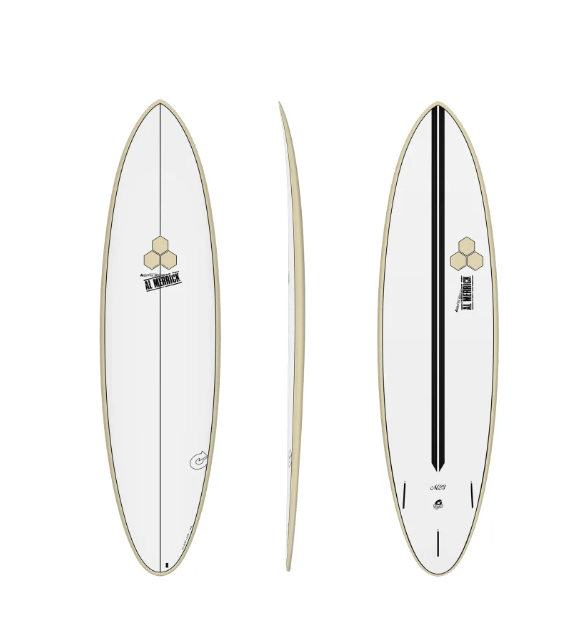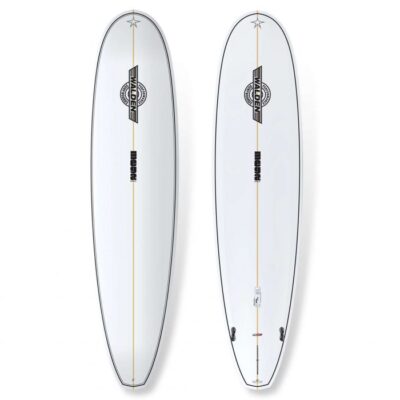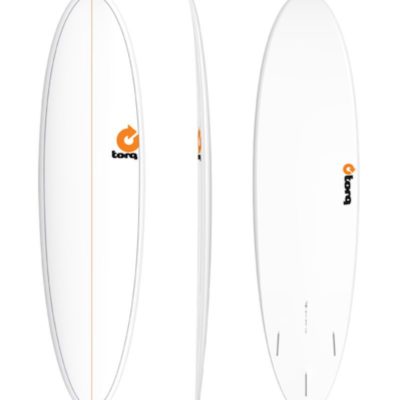Description
Construction – X-Lite Technology 3.0
X-Lite is our TET moulding process with a performance tweak for our Channel Islands collab models. X-Lite starts with a model blown blank –EPS blown to completed size and shape for perfect shape reproduction, no shaping, waste or inaccuracy. The fin box recesses are already included in this process.
The Blank is wrapped in Biaxial fibreglass cloth, Impact Mesh for dent resistance, Carbon strips on the base for responsiveness and a Shield Skin for scratch resistance. A second press mould – precision CNC cut from a single block of aluminium – is used to cure the resin, and heated for perfect resin distribution.
What are the benefits?
Accuracy – there’s no shaping, sanding and guesswork. The whole process is controlled; foam density, resin content, and fin inserts.
Low waste – no shaping means no shaping waste. The cloth is laid up dry so off-cuts can be recycled. Resin is measured by weight and applied with no waste dripping on the floor.
Durability – Biaxial cloth is stronger than plain weave and we can use it a lot due to the efficient lay-up. Our blanks use high-density EPS and epoxy resin is stronger than Polyester.
Sustainable – A low waste process and a long lifespan = less impact. The production is run on solar power. All materials are sourced locally. Shipping is in slim fit, bleach free boxes with plastic free packing. We make the fin boxes from GRS and UL certified recycled plastic.
How do they surf?
Surf fast and built to last.
The feel is similar to a PU with less of the light weight directness of a vacuum EPS/Epoxy. They have good dampening but not a flat feeling – the carbon keeps the stiffness for response.
Overall, they’re fast and take very little time to get used to when moving from any other board tech.




